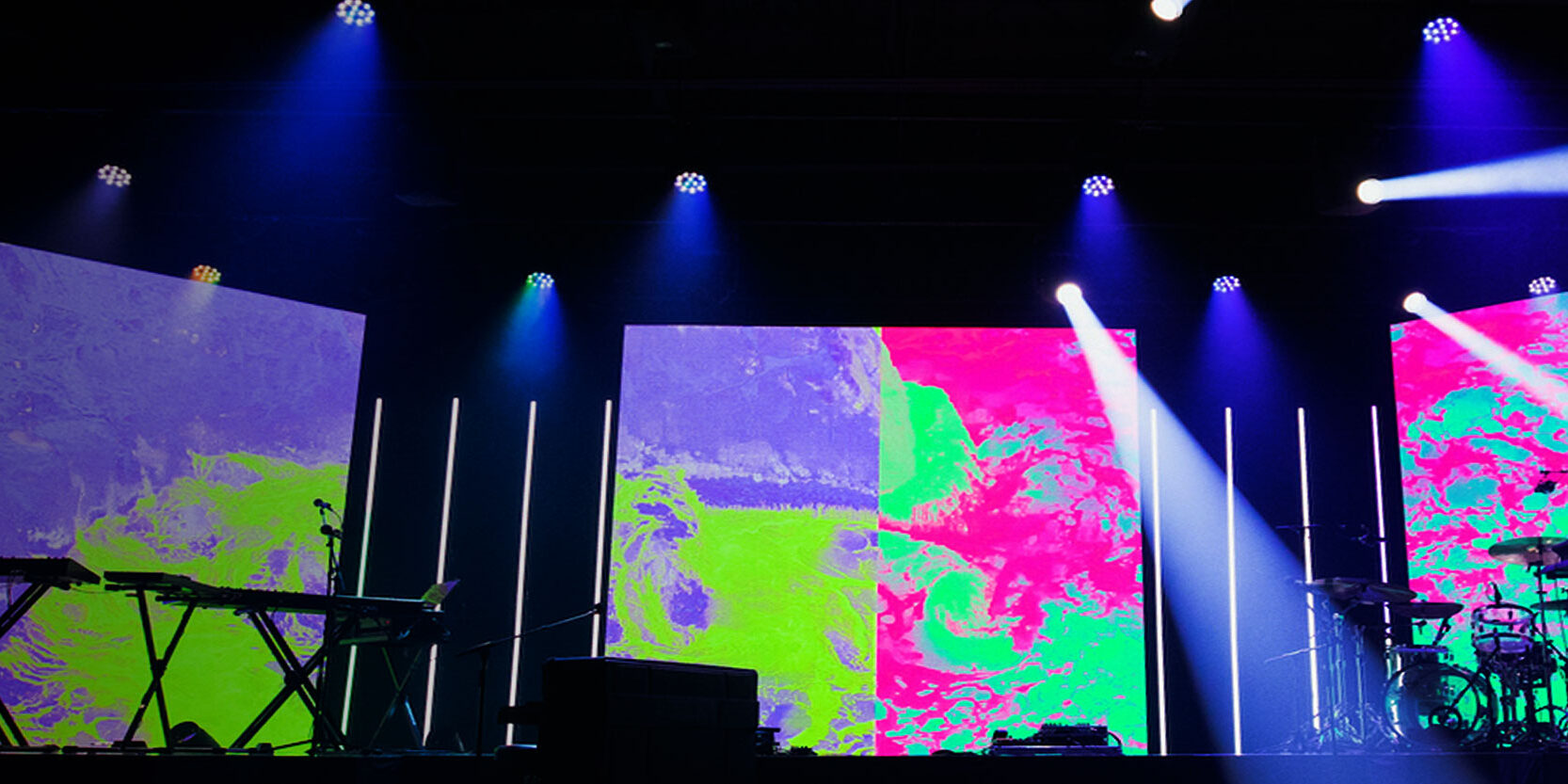Maximizing Operational Quality and Longevity Through Effective Thermal Regulation in LED Panel Screens
Wiki Article
Light Emitting Diode wall screens remain progressively widely used in diverse sectors, spanning advertising, leisure, as well as even domestic aesthetics. Such units offer vivid, lively displays that can attract interest and elevate visual impressions. Still, one critical factor of ensuring their performance and longevity is proper temperature dissipation. When luminescent panels function, they generate heat. If this thermal load is not handled properly, it can cause diminished illumination, color precision, and even a limited lifespan for the screens. As a result, understanding how to effectively manage temperature is vital for maximizing the efficiency of luminescent display panels.

Temperature management in luminescent applications describes the approaches applied to handle and reduce the unwanted heat generated in the course of operation. One frequent technique utilizes compounds with high thermal conductivity, for example aluminum or copper metal. These metals can quickly dissipate heat out of the luminescent components, maintaining the operating temperature inside a acceptable range. In addition, the engineering of LED displays holds a significant function in temperature control. Units that include heatsinks or cooling systems allow warm currents to escape while pulling in fresh currents, further supporting heat management.
Another critical element in efficient heat management is appropriate mounting and placement of Light Emitting Diode modules. Guaranteeing that there is sufficient space surrounding the screens allows for enhanced airflow, which works to lower the temperature of them efficiently. It is also essential to avoid installing lighting modules in enclosed spaces where thermal energy can become accumulated. As an alternative, they should be installed in environments with good airflow to support efficient heat control. Professionals often recommend next positioning luminescent units away from intense sunlight or other heat sources to prevent thermal buildup.
Routine servicing of luminescent wall panels is also essential for achieving effective heat control. Debris and residue can accumulate on the surface of the panels and inside their parts gradually. This accumulation can limit ventilation and hinder the unit’s capacity to dissipate heat properly. Clearing the outer areas regularly and ensuring that any internal components are free from obstruction will help maintain optimal efficiency conditions. Additionally, inspecting for any evidence of fatigue or defects can assist in mitigating excess heat complications before they become critical concerns.
In summary, efficient thermal management is essential for enhancing both the efficiency and durability of Light Emitting Diode displays. By utilizing components with high thermal conductivity, ensuring proper placement and find this placement, and performing routine upkeep, operators can greatly improve their LED experience. Understanding these principles not only aids in maintaining the standard of the screens but also promotes energy savings and environmental responsibility in illumination systems. With ongoing technological progress, focusing on thermal management will remain an critical component of deploying Light Emitting Diode displays to their maximum capacity.